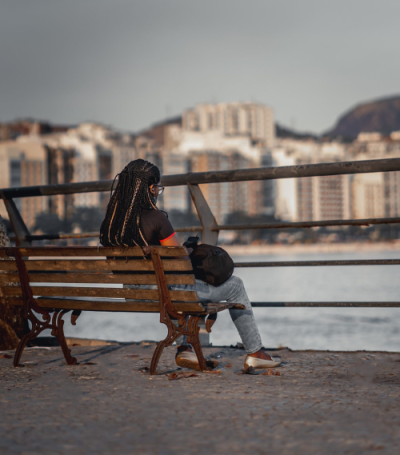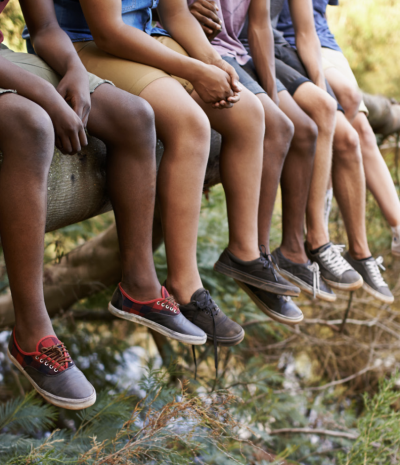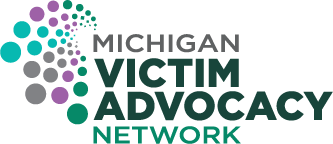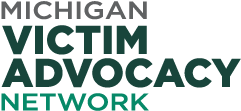Prevention and Response to Homicide
Homicide is one of those things most people try not to think about. It’s reserved for news clips or in historical documentaries. But co-survivors of homicide and advocates working with them know the realities only too well, and it’s time we all paid more attention to the topic so we can better prevent homicide and support those left in its aftermath.
In this month’s compilation, we have pulled together resources and trainings that shed more light on the topic of homicide, including gun violence, homicide and intimate partner violence, the higher risk of homicide for Black women, how to support survivors, and more. As always, please don’t hesitate to contact us if you’re looking for more!
Supporting Survivors

A quick reference guide for families of missing indigenous women: What to do in the first 72 hours
January 2024
National Indigenous Women’s Resource Center (NIWRC)
“This guide was designed to assist families and advocacy organizations in responding when a Native woman goes missing. It provides information about immediate steps that can be taken in the first 72 hours after a person goes missing, especially where the law enforcement response is non-existent or non-responsive. Information provided in this guide does not, and is not intended to, constitute legal advice. Readers should contact an attorney to obtain legal advice. This guide is not meant to encourage families to take on law enforcement responsibilities, including collecting and preserving evidence.”

Michigan Services for Survivors of Homicide
Michigan Department of Health and Human Services (MDHHS)
A list of organizations throughout Michigan that serve and support survivors of homicide.

Ask The Experts
Parents of Murdered Children
This list of experts is available to answer field-specific questions in the areas of legal, law enforcement, victim rights, etc. An archive of previous questions also exists for viewing.

Homicide and Grief
Victim Connect
This short web-article discusses grief in the context of being a homicide survivor and gives suggestions for addressing the grief.
Prevention and More

Black women are six times more likely to be killed than white women, data reveals
February 2024
NBC News, shared by VAWnet here
“In the U.S., Black adult women are six times more likely to be killed than their white counterparts, troubling new data reveals… Homicides were classified in this study as death by shooting, piercing, cutting and other forms of violence. Racial disparities varied among states; in Wisconsin, for example, Black women were 20 times more likely to be killed than white women. Black women living in Midwestern and Northeastern states were also more likely to be killed by a firearm, the paper found.”

Missing And Murdered Indigenous Women, Girls, 2Spirit: Grassroots organizing, healing, and recess
May 2021
Washington Coalition of Sexual Assault Programs
“First in WCSAP’s 2021 Keynote Series, Theda New Breast from the Native Wellness Institute, gives her talk on Missing and Murdered Indigenous Women, Girls, and 2Spirit Awareness Day. She discusses grassroots organizing, healing work, and self-care “recess”.”

Gun Violence Prevention Through the Public Health Lens: History, Intersectionality & Interventions
August 2021
American Public Health Association
Gun violence is a leading cause of premature death in the U.S., killing more than 39,000 people and causing nearly 85,000 injuries each year. This webinar explores gun violence in the U.S and shares a comprehensive public health approach to addressing the complexity of the growing crisis. Presenters review the historical, structural, social and political determinants of health that contribute to gun violence.

Rejection Killings: Dangers Women Face When Telling Men “No”
March 2024
CBS News, shared on VAWnet here
“Last week two 19-year-old twin sisters were attacked in Brooklyn after police say they refused to give their number to a 20-year-old man who approached them. The incident shocked community members and is calling attention to a bigger issue surrounding the harsh realities many women face when saying no to men. Pamela Jacobs, Chief Executive Officer of the National Resource Center on Domestic Violence joins CBS New York to discuss.”

Intimate Partner Homicide Prevention
January 2016
VAWnet
This collection provides: National and statewide homicide statistics that help illustrate the scope of the problem; an overview of tools and strategies for assessing danger or the risk of lethality in domestic violence cases; recommendations and approaches for utilizing the fatality review process to prevent intimate partner homicide; materials describing various systems’ responses to domestic violence and efforts to prevent homicide; resources to assist advocates in helping to frame the issue through media response and community mobilization; and more.
Looking for more resources for preventing homicide and supporting co-survivors?
Looking for more resources for preventing homicide and supporting co-survivors?
Check out last year’s compilation of resources: “Serving Survivors of Homicide”

